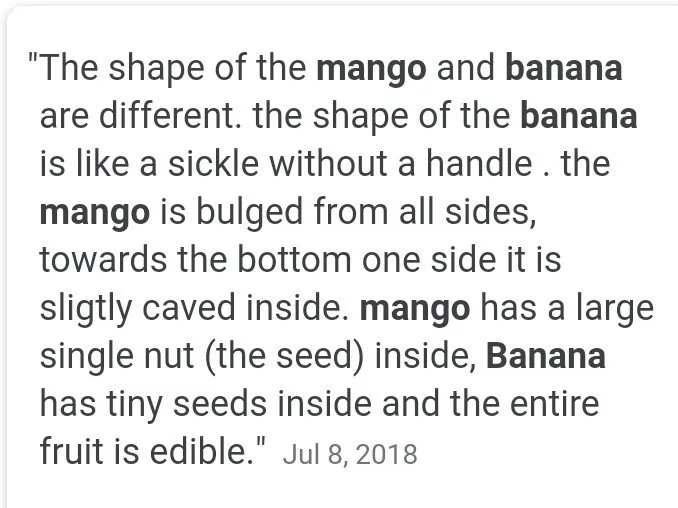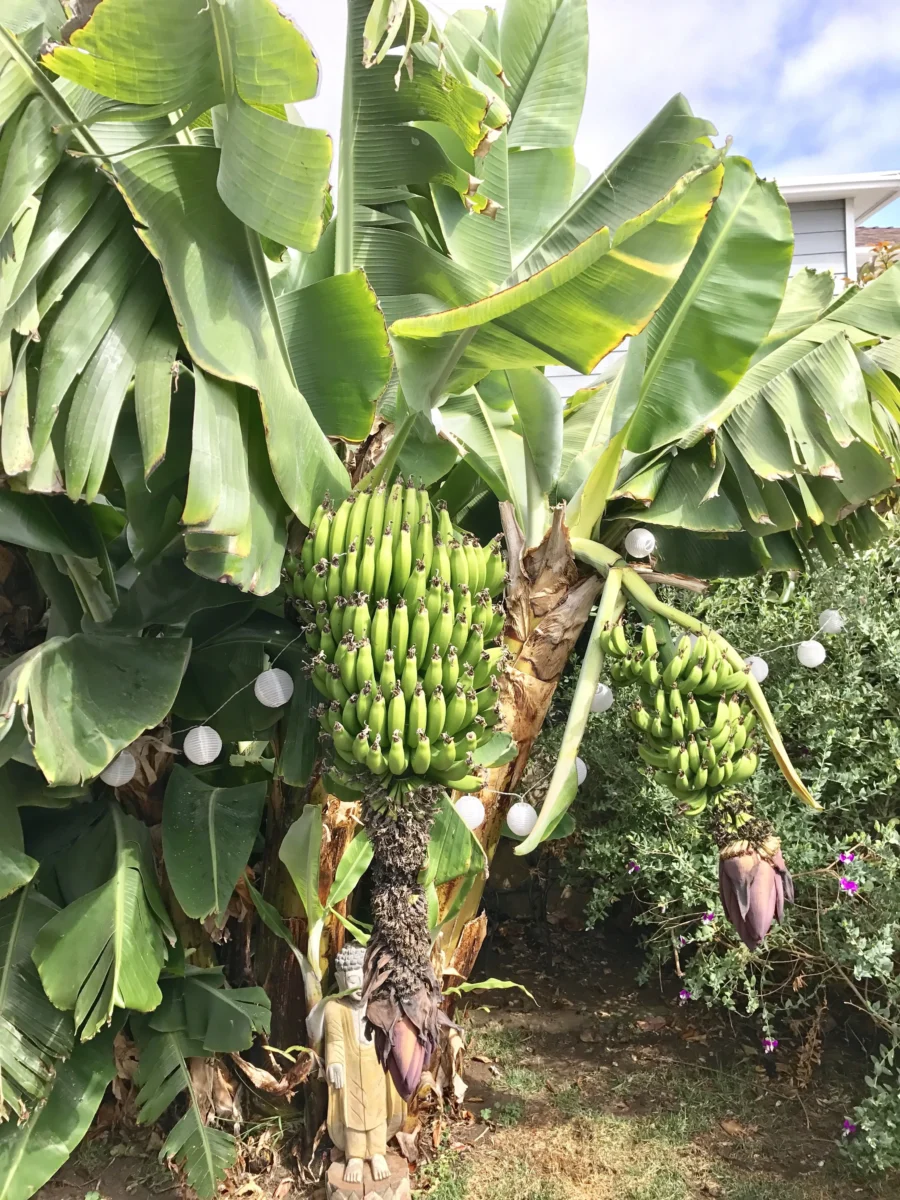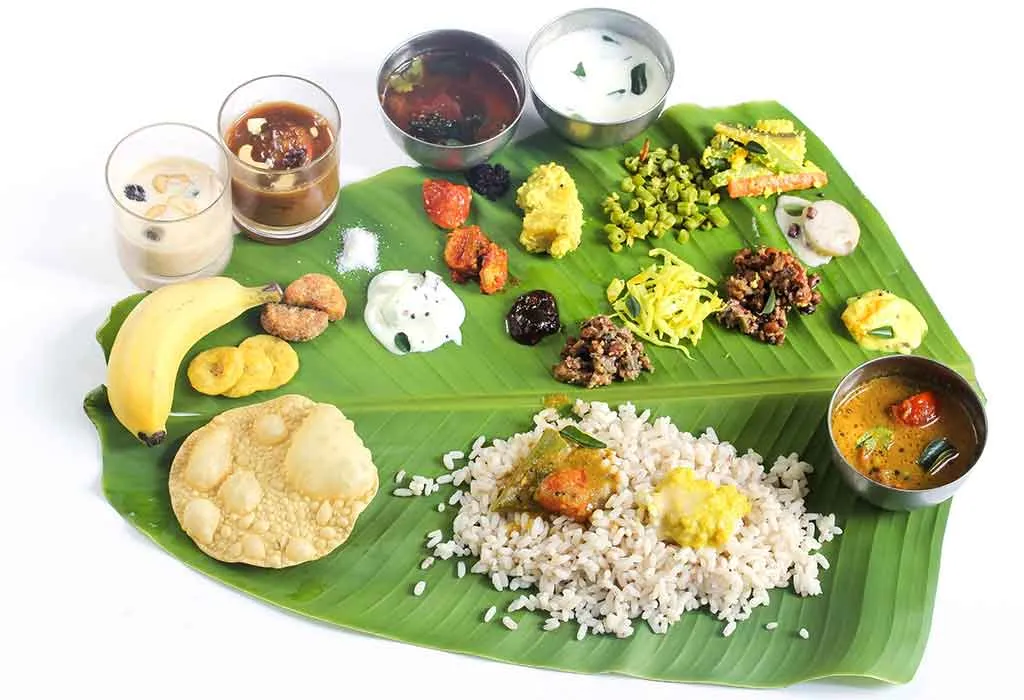Do you ever stop to admire the leaves of a banana or mango plant and wonder how these plants are similar? Well, wonder no more! In this article, we will delve into the intriguing world of banana and mango leaves and explore their similarities.

First, we will provide an introduction to both banana and mango plants and their leaves. Then, we will uncover the similarities in the appearance and roles of the leaves in plant growth and development. For those interested, we will also touch on the differences between these leaves, such as texture and size.
By the end of this article, you will gain a deeper understanding of the striking similarities between these two leaves, and have a newfound appreciation for the beauty and complexity of nature. Keep reading to learn more.
An Introduction to Banana and Mango Plants and Their Leaves

Banana and mango plants are two of the most popular fruit-bearing trees in the world. Both plants are known for their delicious fruits, but their leaves also play a significant role in various cultures and traditions.
Banana leaves, for instance, have been used for centuries as a versatile material that can be used for food packaging, clothing, and even as an alternative roofing material. The leaves’ large size and flexibility make them ideal for wrapping food items like rice or tamales to keep them warm.
Mango leaves, on the other hand, have been traditionally used in Ayurvedic medicine to treat various ailments like diarrhea, asthma, and insomnia. Mango leaves contain potent antioxidants that help reduce inflammation in the body and promote overall health.
In addition to their practical uses, both banana and mango leaves have aesthetic appeal. Banana leaf patterns can be found in traditional art forms like batik prints or woven textiles. Mango leaf motifs are often incorporated into jewelry designs or decorative art pieces.
Overall, banana and mango plants offer more than just delicious fruits. Their versatile leaves provide a range of practical uses while also serving as cultural symbols with deep historical significance.
Similarities in the appearances of banana and mango leaves
While bananas and mangoes are vastly different fruits, their leaves share some striking similarities in appearance. Both types of leaves are large, oval-shaped, and have a glossy finish that reflects sunlight.
Despite these similarities, there are also some key differences between banana and mango leaves. Banana leaves tend to be longer and narrower than mango leaves, with a more pointed tip. Mango leaves, on the other hand, tend to be wider and more rounded in shape.
One possible reason for the similarity in appearance could be related to their evolutionary history. Both banana and mango trees have tropical origins and may have evolved similar leaf shapes as an adaptation to their environment.
Interestingly enough, despite these similarities in appearance, the uses of banana and mango leaves could not be more different. Banana leaves are commonly used for cooking or serving food in many cultures around the world due to their large size and flexibility. Meanwhile, mango leaves are often used for medicinal purposes in some traditional medicine practices.
In conclusion, while they may seem like unrelated fruits at first glance, bananas and mangoes share some unexpected similarities when it comes to their leaf structures. Understanding these nuances can provide insights into both the natural world as well as human culture across different regions of the globe.
Similarities in the roles of banana and mango leaves in plant growth and development

Banana and mango leaves may come from different species of plants, but they share some striking similarities in their roles in plant growth and development. Both leaves play a crucial role in photosynthesis, the process by which plants convert light energy into chemical energy.
In addition to their role in photosynthesis, banana and mango leaves also help regulate the water balance of the plant. They act as transpiration organs, releasing water vapor into the atmosphere through tiny pores on their surface called stomata. This helps to maintain proper hydration levels within the plant.
Furthermore, both types of leaves are rich sources of micronutrients that are essential for plant growth and development. For example, banana leaves are high in potassium, which is important for flower and fruit production. Similarly, mango leaves contain antioxidants like phenolic compounds that protect against oxidative stress.
Interestingly enough, these two types of leaves also have similar physical characteristics. Both have broad blade-like shapes with prominent veins running through them that help to support their structure.
While banana and mango trees may be vastly different from each other in terms of appearance and habitat requirements, it’s clear that there are some intriguing similarities when it comes to how these plants use their leaves to thrive. By understanding these commonalities between seemingly unrelated species we can gain greater insights into how nature works as a whole.
What are the differences between banana and mango leaves, such as texture and size (optional)?
Banana and mango leaves are two of the most popular types of leaves used in various applications worldwide. Although they may appear similar at first glance, there are several key differences between these two types of leaves that set them apart.

« Mastering the Art of Harvesting Banana Squash: A Guide to Knowing When it’s Ripe and Ready
how to break a banana in half »
One significant difference is their texture. Banana leaves are much thicker and sturdier than mango leaves, making them ideal for use in cooking or as a natural wrapping material. On the other hand, mango leaves are relatively thin and delicate compared to banana leaves, making them better suited for decorative purposes or as a medicinal herb.
Another important difference is their size. Banana leaves can grow up to 9 feet long and 2 feet wide, while mango leaves typically range from 4 to 8 inches in length. This size disparity makes banana leaves much more versatile than mango leaves when it comes to practical applications.
Additionally, banana and mango trees have varying cultural significance across different regions worldwide. In some cultures, banana trees represent prosperity and fertility while also being utilized for religious rituals. Mango trees hold significance as a symbol of love and friendship in Indian culture while also being used for medicinal purposes.
In conclusion, although both banana and mango tree’s share certain similarities such as being tropical plants with large-sized fruit-bearing capabilities; they also differ significantly in terms of texture, size & cultural significance across regions worldwide- further highlighting their unique attributes & distinguishing features which makes each one special on its own!
In conclusion, both banana and mango leaves have similarities, such as being used for medicinal purposes, and differences, such as their shapes and sizes.
In conclusion, while both banana and mango leaves have similarities in their physical appearance and usage, they also differ significantly in their properties and applications.
Both leaves have a broad, elongated shape with prominent veins running through them. They are often used for cooking or wrapping food items for steaming or grilling. However, the texture of the two leaves is different; mango leaves are more delicate and pliable compared to banana leaves which are thicker and sturdier.
When it comes to medicinal properties, mango leaves contain compounds that provide relief from various ailments such as diabetes, asthma, diarrhea, and fever. Banana leaves also have healing properties due to their antibacterial nature which helps in preventing infections.
However, the most significant difference between these two types of foliage lies in their cultural significance. In many tropical regions around the world like Southeast Asia and South America where bananas grow natively – banana leaf is used extensively as a symbol of hospitality during feasts while mango leaf is considered an auspicious element during religious ceremonies.
In essence, while there may be some overlapping qualities between banana and mango leaves such as shape and usage – each has its unique set of characteristics that make them stand out on their own. Whether it’s for culinary purposes or traditional practices – knowing the similarities as well as differences between these two types of foliage can broaden our understanding of tropical culture beyond borders.
Check out our other articles to find out even more about banana.

Banana and mango leaves have a lot more in common than one might think. Both of these plant’s leaves serve a variety of important functions for their respective plants, from storing water to helping with photosynthesis. Despite similar appearances, it is clear that differences definitely exist between the two species’ leaves as well; From size to texture and beyond, there are plenty of ways for us to be able distinguish them apart. If you’re looking to learn even more about banana or any other type of plant leaf out there, make sure you check out our other articles!
















